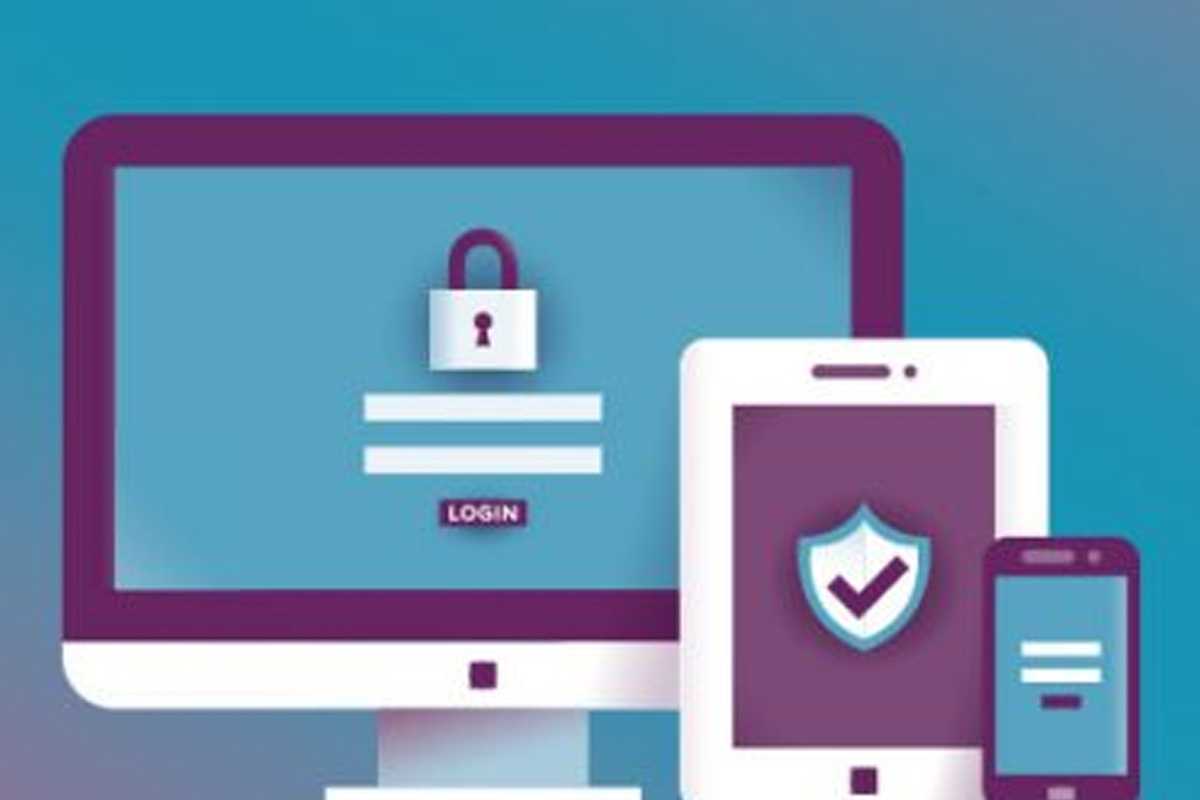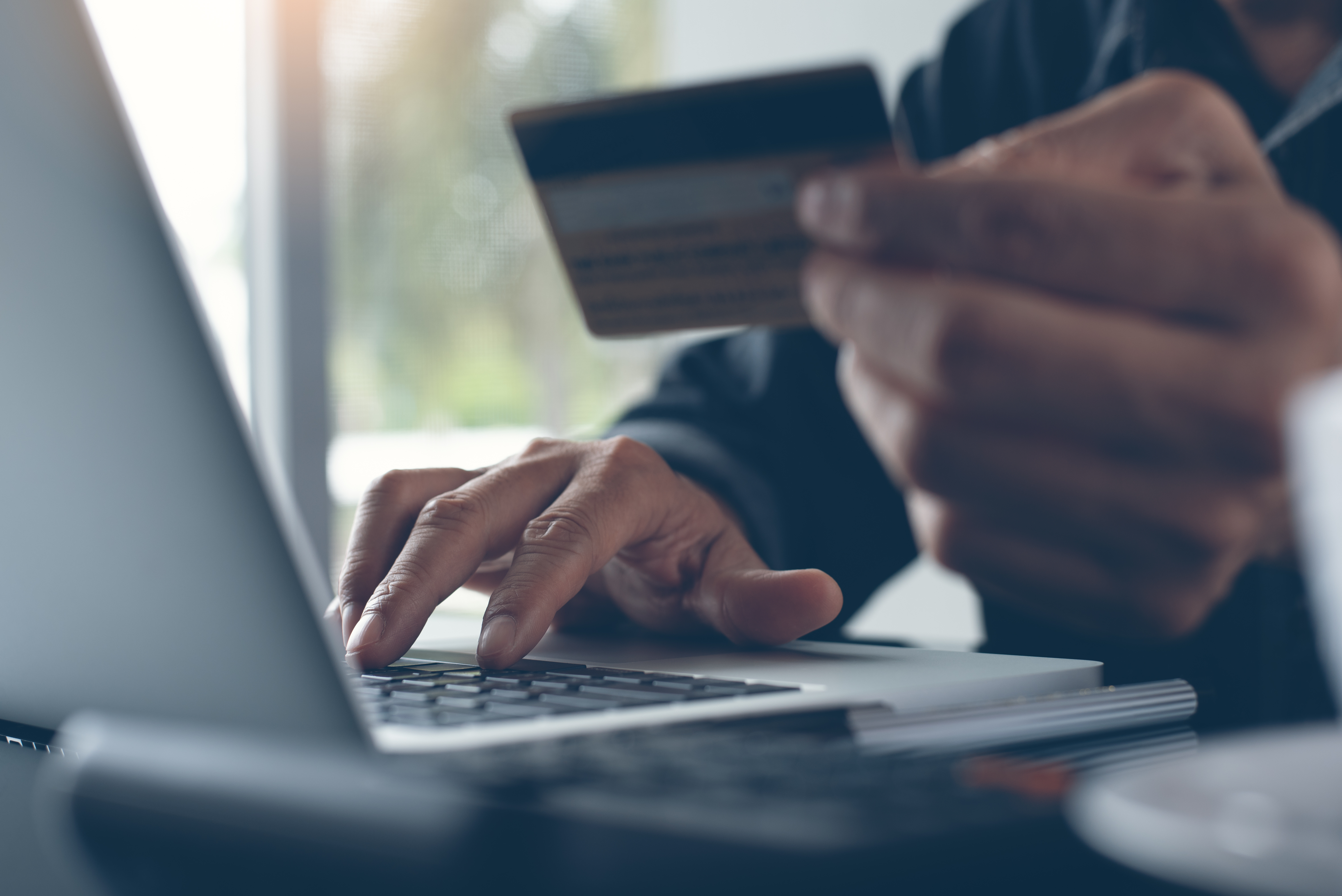The internet is an amazing tool for finding information and wasting time, but as you’re probably aware, it can be a dangerous place. Online scams, malware, and other cyberattacks are at an all-time high, which means you and your employees must be extremely careful when surfing the web. So take heed of our top internet safety tips to avoid a major security blunder.
Set long and unique passwords
Even though IT security companies stress the importance of setting complex passwords, most people still don’t do it right. Today, the most common passwords are slight variations on “123456” or “password” used across several accounts, which makes it easy for hackers to gain access to their sensitive data.
If you think remembering passwords that contain a mix of letters, characters, and numbers sounds daunting, don’t worry! Security researchers have found that long passwords work fine, even if they aren’t complicated combinations. So instead of having to recall random characters, you can set memorable ‘passphrases’ that include just a few numbers and symbols, like “KansasCityRoyalsFan_Since1985.”
Besides creating long passwords, it’s important for each of your accounts to use a different one. If that ever leads to difficulty keeping track, a password manager like LastPass will help you keep everything straight in a fully encrypted system.
Enable multi-factor authentication
Multi-factor authentication (MFA) adds another layer of protection to verifying someone’s identity. Whenever you attempt to log into an account, MFA requires you to provide your password as well as a fingerprint or a temporary security code that was sent to your phone. This prevents hackers from breaking into your accounts even if they did manage to steal your username and password.
Beware of online scams
Many of today’s cyberattacks involve social engineering. That’s when hackers send fraudulent emails containing enticing offers intended to trick recipients into clicking on dangerous links or giving up personal information. They often come from hackers masquerading as a friend or company executive to gain their target’s trust.
While anti-phishing software can help you defend against social engineering emails, your best defense is a healthy dose of skepticism. When checking your inbox or surfing the web, you must always be suspicious of unsolicited messages and double-check the links before clicking on them. And if a company ever asks for your information, go to their website to contact them and verify the legitimacy of their request.
Be careful of oversharing
There’s nothing wrong with being active on social media, but it’s important to watch what you share. For example, sharing your dog’s name or a photo of your first car on Facebook is fine, but if either is an answer to one of your accounts’ password-reset questions, you could be making it easier for hackers to hijack your accounts.
Publicly sharing your location also puts you at risk because hackers will know when you’re not in the office so they can break into your server rooms. Meanwhile, taking selfies with an important document like a plane ticket in frame is essentially inviting cybercriminals to steal your identity.
To ensure your safety, you must be very careful of what information you share, disable location tracking, and set tighter privacy settings on your accounts so only your friends are able to see your posts.
Avoid public networks
While the “free” public WiFi network in your local coffee shop is convenient, it should be used only as a last resort. That’s because whenever you connect to it, hackers can intercept data — such as emails, passwords, and bank details — being sent from your device to a website.
If you need to use public WiFi, connect to a Virtual Private Network (VPN) to create a secure, encrypted connection that hackers can’t penetrate.
Implement cutting-edge security tools
Firewalls, intrusion prevention systems, and antivirus software are absolutely critical when it comes to internet safety. They protect every device in your company and prevent malicious programs from infiltrating your network. When it’s time to purchase and install cybersecurity tools, make sure they come with behavior- or anomaly-based detection, so you can defend against the newest threats.
Update your software
Finally, don’t forget to update your apps regularly. Hackers are always looking for bugs and vulnerabilities to exploit, so keeping up with security patches will drastically reduce the likelihood your apps can be compromised. Installing updates can be quite tedious and time-consuming however, so it’s a good idea to work with a managed IT services provider that can help you with this, and everything else on the list.
Need help with cybersecurity? Contact the Complete Technology team today. We offer the best security technologies, services, and advice in Kansas City!







